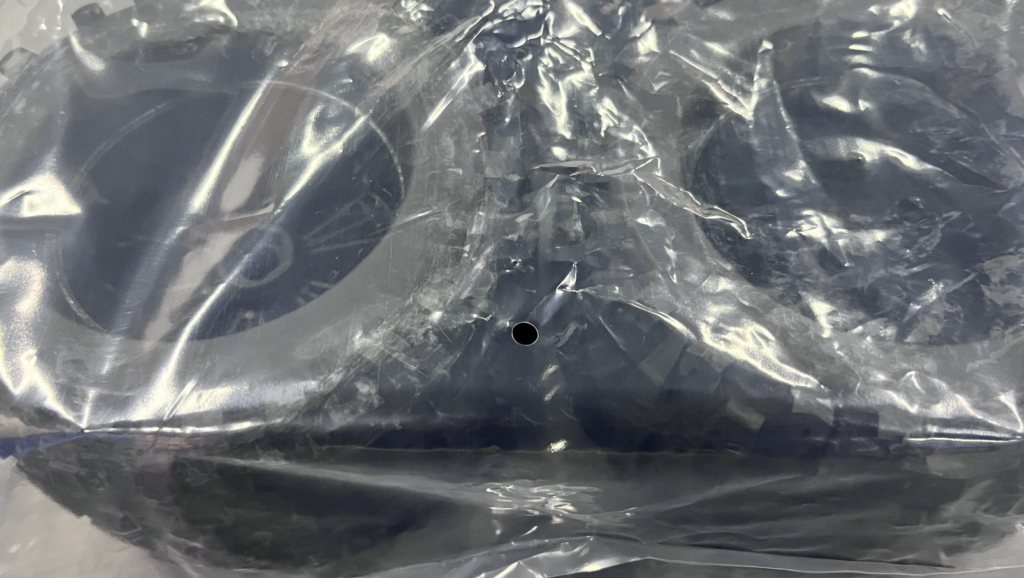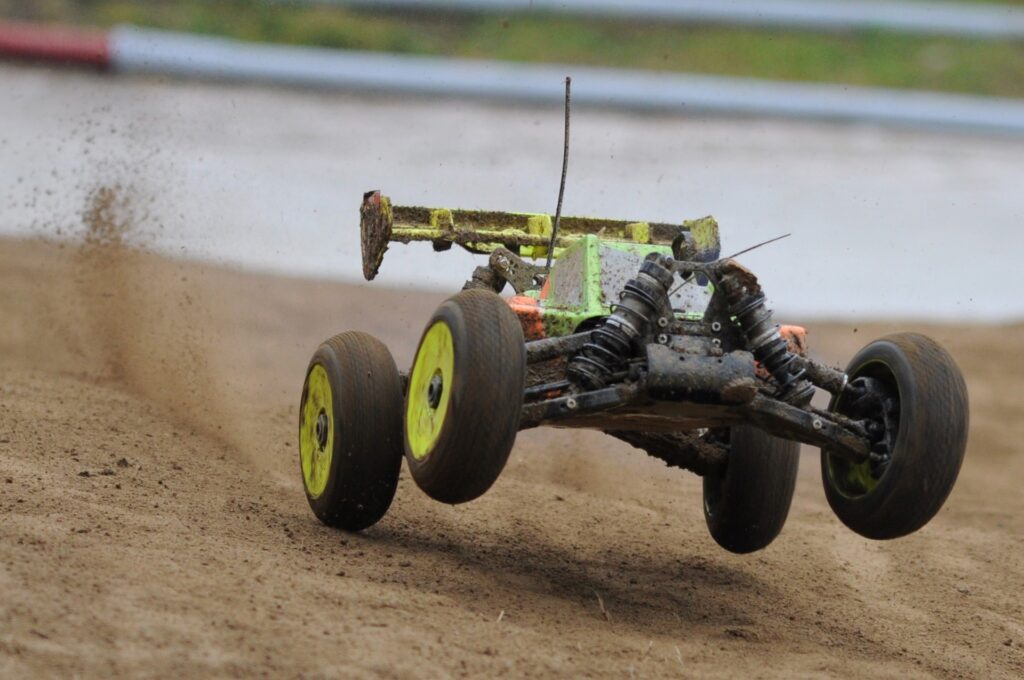Introduction:
The world of RC model racing and enthusiasts is a realm that fuses precision engineering with the thrill of high-speed competition. From the chassis to the electronic gear, every component plays a crucial role in ensuring optimal performance. Among these, tires often stand as unsung heroes, providing traction, stability, and control. Ensuring the proper storage of RC model car tires is paramount for maintaining their performance and longevity. In this guide, we will delve deep into the essential knowledge of storing RC model car tires, covering aspects such as maintenance, environmental considerations, and best practices.
Understanding Tire Composition and Behavior:

Before delving into proper tire storage, it is crucial to understand the composition of RC model car tires and how their material properties interact with storage conditions. RC model car tires are typically made of specialized rubber compounds designed to offer optimal grip and durability across various surfaces. The composition and structure of these tires make them susceptible to change and rapid performance degradation when exposed to adverse storage conditions.
Optimal Storage Conditions:
Preserving the integrity of RC model car tires starts with the storage environment. Prolonged exposure to extreme temperatures, moisture, or direct sunlight can have detrimental effects on tire composition, leading to cracking, hardening, or changes in elasticity. To mitigate these effects, tires should be stored in a cool, dry, and dark environment. Avoiding direct contact with concrete floors is also crucial as it can draw moisture. Elevated storage racks or shelves provide an ideal solution to keep tires away from potential moisture or direct sources of heat. Each set of tires should be sealed, as prolonged exposure to air can rapidly deplete the tires of moisture, resulting in stiffening. However, it’s important to puncture the packaging, as a completely sealed environment can cause adverse chemical reactions within the tires.

Cleanliness and Preparation for Storage:
Prior to storing RC model car tires, it’s essential to ensure they are clean, free from any debris, dust, or residual chemicals. Any foreign matter left on the tires could lead to degradation or chemical reactions. You can use a blow dryer and a brush to rid the tire surface of impurities, ensuring that the force applied is gentle, as excessive force can cause tearing and wear on the tire surface, affecting performance and longevity.
Arrangement of Tire Storage:

The storage boxes for tires should also follow the principle of placing lighter items on top of heavier ones. While model car tires are generally quite elastic, being under heavy objects for extended periods can cause deformation, rendering them unusable. Therefore, heavier and larger tires should be placed at the bottom, while lighter and smaller tires can be stacked on top. If there are signs of deformation in the lower boxes, it indicates that the weight on top is excessive, requiring rearrangement.
Regular Inspection:
Regularly inspecting stored RC model car tires is a necessary condition for maintaining their condition. Over time, stored tires may develop cracks, become excessively dry, and encounter other issues. Additionally, inspecting them during this process allows for early detection of potential problems such as sidewall damage, glue cracks, or changes in rubber texture.
Avoiding Chemical Contamination:
The area where tires are stored should be shielded from various chemicals, including solvents, fuels, and lubricants. These substances can react with tire compounds, leading to performance degradation and deterioration. Storing tires away from areas where these chemicals are frequently used or stored is crucial.
Transportation:
Extended exposure to sunlight over time can cause RC model car tires to harden, crack, and lose elasticity. Therefore, tires must be kept in a dark or dimly lit environment, away from direct sunlight. When transporting tires to and from activity or storage locations, using opaque tire bags or covers can provide additional protection against UV exposure.
Use of Tire-specific Care Products:
There are specialized tire treatments and conditioners available on the market designed to protect and maintain the flexibility and integrity of rubber compounds. Applying these treatments before storing the tires creates a protective barrier, preventing drying or cracking. However, using products explicitly designed for RC model car tires is crucial, as general tire treatments may be incompatible with the unique rubber compounds used in these specialized tires.


